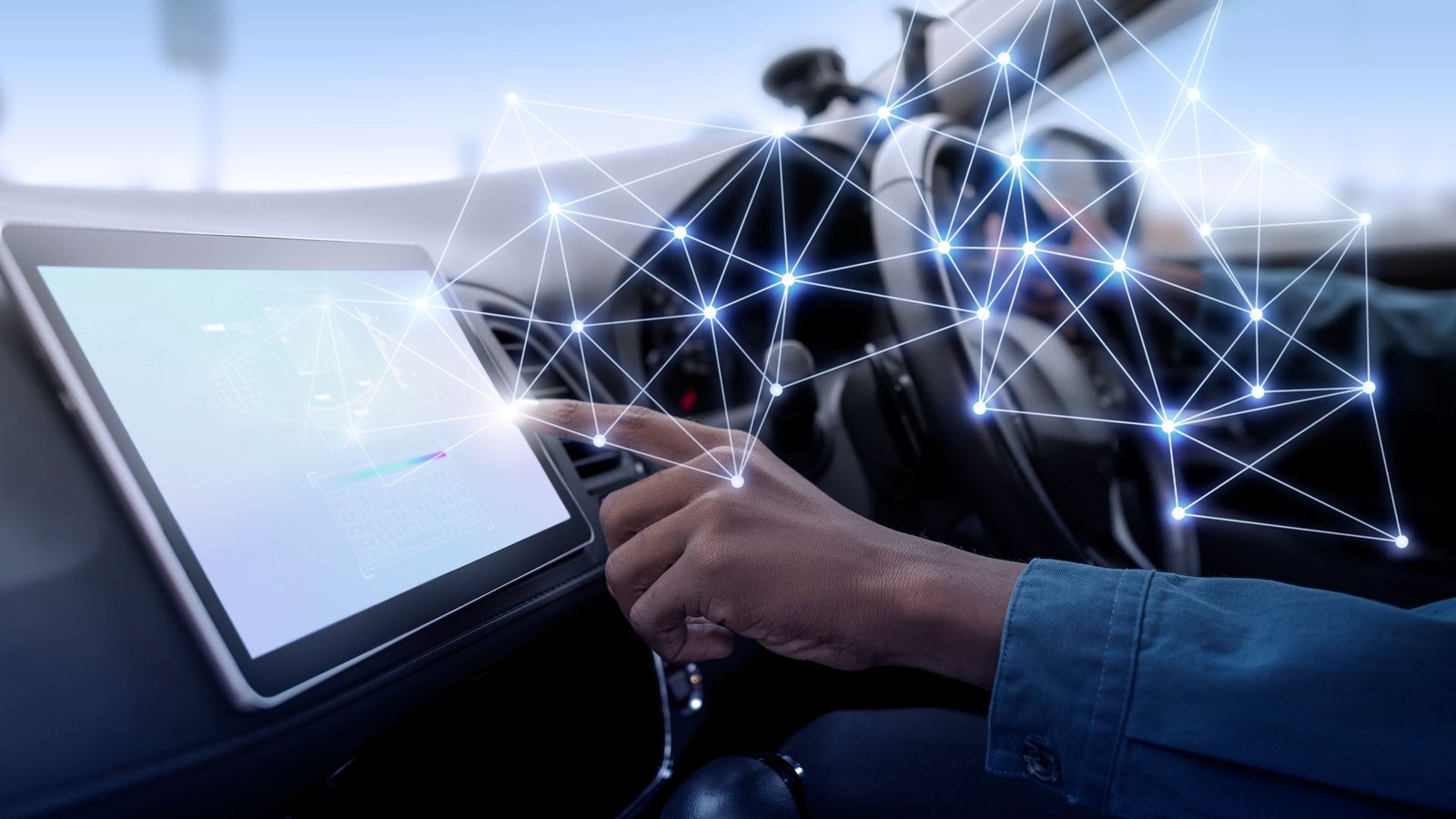From AI to autonomous fleets, explore the top innovations reshaping automation in logistics and distribution.
The era of automation in logistics is no longer about efficiency gains—it’s about survival. In 2025, global distribution networks face a perfect storm of rising customer expectations, labor shortages, regulatory complexity, and geopolitical uncertainty. Logistics automation, once considered a competitive advantage, is now the baseline. The question C-suite leaders must answer is not if to automate, but how fast and how deep.
Table of Contents
1. AI rewrites supply chain decision-making
2. Autonomous fleets move from pilot to payoff
3. Robotics and the warehouse revolution
4. IoT creates a living, breathing supply chain
5. Blockchain builds trust at scale
The path forward
1. AI rewrites supply chain decision-making
Artificial intelligence is the central nervous system of modern supply chain technology. In 2025, AI systems power predictive demand planning, route optimization, and autonomous decision-making in real time. According to McKinsey, companies that adopt advanced AI in logistics can reduce forecasting errors by up to 50% and cut inventory costs by 20–30%.
But AI doesn’t just accelerate processes—it redefines them. Automated inventory management systems now detect anomalies, anticipate delays, and reallocate stock without human input. Still, there’s a strategic debate unfolding: Should we delegate core decisions to machines, or retain human oversight as a safeguard against black-box risk? Leading firms are leaning into hybrid models, where AI enhances—but doesn’t entirely replace—human intuition.
2. Autonomous fleets move from pilot to payoff
Autonomous trucks, delivery drones, and automated guided vehicles are transitioning from research and development labs to real-world distribution networks. By the end of 2025, worldwide investment in autonomous logistics will surpass $80 billion, ABI Research estimates. Walmart and FedEx are already using autonomous middle-mile solutions, reducing transportation expenses and boosting delivery speeds.
However, autonomy also compels a transformation in logistics regulation. Who is responsible when an autonomous car malfunctions? How do we make sure that regulatory harmony exists across borders? The potential is enormous, but so are the strategic and ethical implications.
3. Robotics and the warehouse revolution
Within the warehouse, robotics is no longer merely a matter of speed—it’s a matter of orchestration. Higher-end robots now oversee high-volume picking, packing, and restocking with 99.9% accuracy, supporting 24/7 fulfillment and decreasing reliance on human labor. Logistics giants such as DHL and Ocado have designed entire warehouses around robotic processes.
Yet, businesses are presented with a crossroads: Do they invest in developing proprietary robotic infrastructure or do they collaborate with third-party providers of logistics automation? The response typically hinges on growth patterns, availability of capital, and innovation preparedness.
4. IoT creates a living, breathing supply chain
The contribution of IoT to logistics process automation cannot be overemphasized. In 2025, networked sensors embedded throughout fleets, warehouses, and packages create real-time telemetry that guides routing, maintenance, and compliance. Hyper-connected infrastructure supports smart contracts, dynamic rerouting, and proactive disruption management.
Yet, as IoT becomes integral to supply chain technology, cyber risk escalates. A single compromised sensor can open the floodgates to supply chain sabotage. Forward-thinking leaders now view cybersecurity as core to their automation strategy—not an afterthought.
5. Blockchain builds trust at scale
Transparency has become a strategic asset, especially in cross-border, multi-vendor ecosystems. Blockchain offers a distributed ledger that automates contract execution, reduces fraud, and enhances traceability. According to Gartner, by 2026, 60% of global enterprises will use blockchain to validate logistics events in real time.
Still, integration remains a challenge. Blockchain only delivers value when it works in harmony with AI, IoT, and legacy platforms. Interoperability, not standalone implementation, is the new gold standard.
The path forward
The top emerging technologies in logistics and distribution automation offer more than operational upgrades—they represent a fundamental shift in how supply chains think, adapt, and scale. For C-suite executives, the call to action is clear: automate boldly, architect for agility, and lead with strategic clarity.
Those who view automation in logistics as a technology problem will fall behind. Those who treat it as a business transformation opportunity will set the pace for the next decade.
Discover the latest trends and insights—explore the Business Insights Journal for up-to-date strategies and industry breakthroughs!

